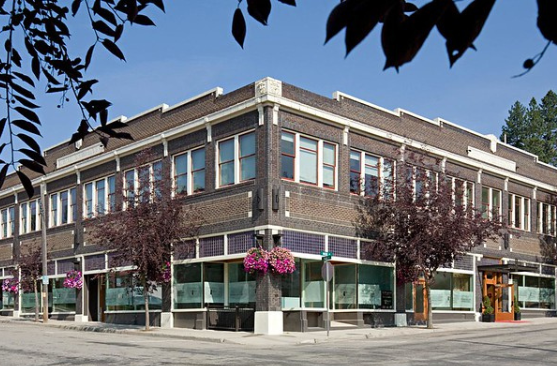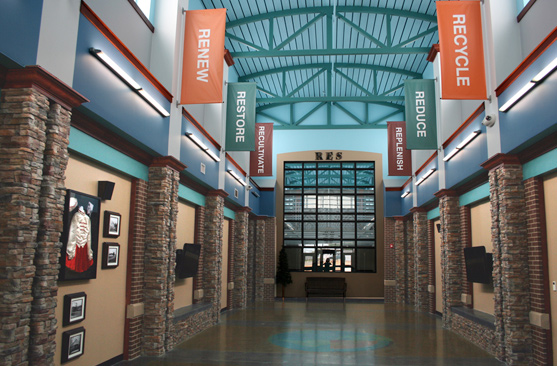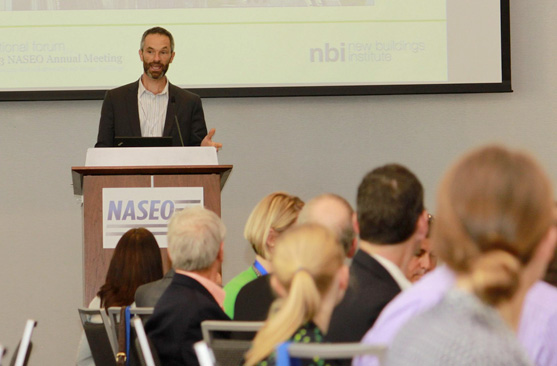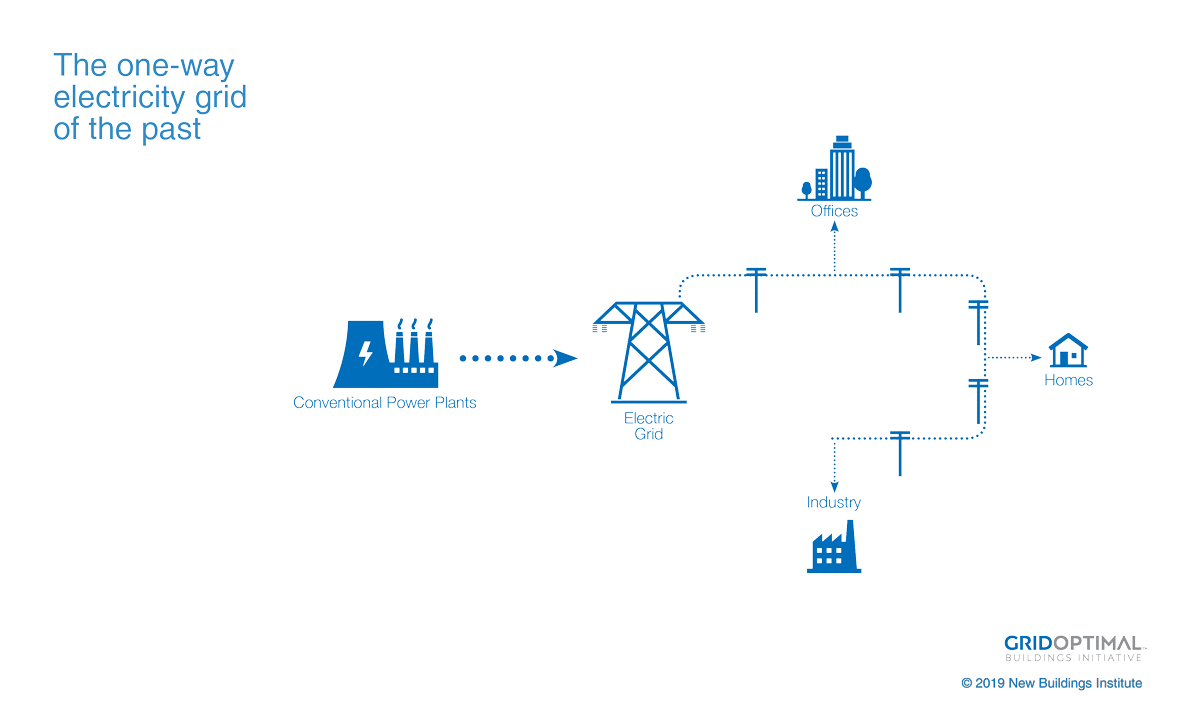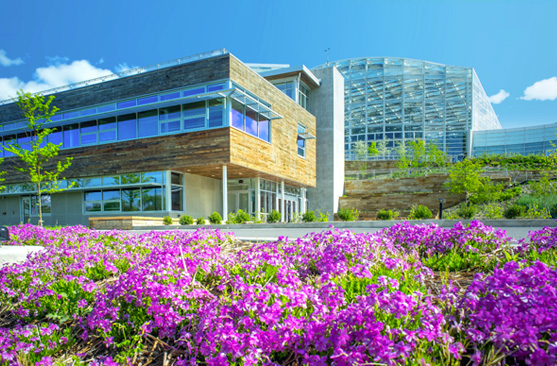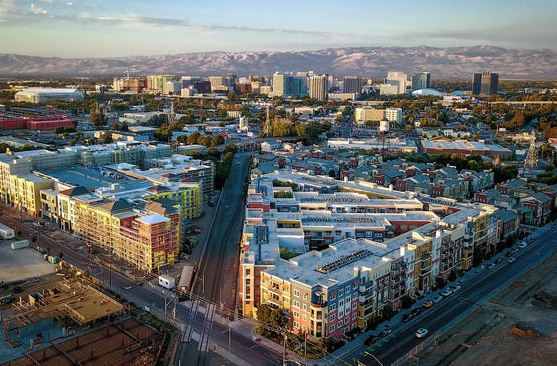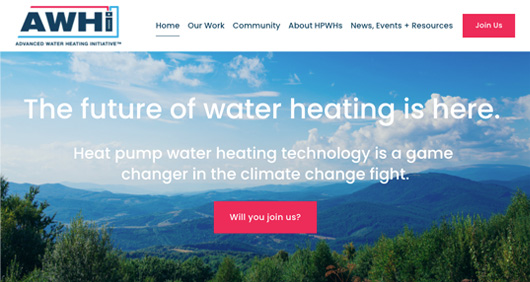25 Years of NBI
New Buildings Institute founder Doug Mahone was asked what prompted the origin of the organization:
“We started New Buildings Institute to try to get out of these institutional constraints [around energy code limitations] and figure out a way to make more energy efficient buildings the norm rather than the exception.”
NBI has a long history of developing critical research under the California Energy Commision’s (CEC) energy efficiency research program. NBI primed one of the three first PIER (now called EPIC) projects – the $6 million Integrated Design: Productivity and Building Science PIER research program from 2000-2004.
NBI broke new ground with the development of a whole-building prescriptive guide to energy efficiency called E-Benchmark, a guide that saw five versions including the Core Performance Guide, which would form the basis of the 2012 International Energy Conservation Code (IECC) and result in the single greatest incremental improvement in energy savings in the codes history.
This paper presented a study of whole building energy use of various completed LEED buildings throughout the nation. The paper focused on the relationships between predicted and actual energy performance of 90 completed LEED certified buildings. The results of the study impacted the ongoing discussion on how design industry can act in response to the Architecture 2030 challenge along with other carbon reduction goals. Presented at the 2008 ACEEE Summer Study on Energy Efficiency in Buildings. Learn more.
Image: Beardmore Building Priest River, ID | Beardmore Company

The code, based on New Buildings Institute’s Core Performance protocol, was designed to reduce energy use by 30 percent and cut carbon emissions by 40 percent. Upon passing, municipalities in the commonwealth were able to choose whether to adopt the code as a more energy-efficient alternative to the base energy code. The Core Performance basic requirements in the stretch code include efficiency standards for measures such as window performance, lighting controls, mechanical equipment efficiency and demand-control ventilation. Local government entities could go further and adopt up to 14 measures described in Core Performance as “enhanced performance strategies.”
Hear from previous NBI President Emeritus, David Goldstein, on the impact of NBI’s Getting to 50 project and its evolution to Getting to Zero.
A significant percentage of building energy use is driven directly by operational and occupant habits, and in many cases, can have a larger impact on total energy use than many common variations in the design of the building itself. This study compared the magnitude of energy impact that various design features, operations, and tenant behaviors have on total building energy use.
NBI and a coalition of partners were able to achieve successful adoption of a 25-30% efficiency improvement in the 2012 edition of the International Energy Conservation Code (IECC). The full update was based on Advanced Buildings Core Performance Guide, which was codified by the Northeast Energy Efficiency Partnerships (NEEP).
When first released, this report compiled a list of 21 verified zero-energy commercial buildings (ZEBs) and 78 zero-energy-capable buildings (ZECs) in the U.S. and Canada. The study examined what features the buildings shared as well as incremental cost considerations. Today, NBI is tracking over 800 projects and considering aspects such as carbon emissions and grid-interactivity.
Image: Richardsville Elementary, Bowling Green, KY | Sherman Carter Barnhart Architects
This premiere event brings together building industry leaders–designers, owners, operators, commercial real estate professionals, policymakers, manufacturers and others—driving for net zero energy use and carbon emissions in the built environment. The first Forum was launched at the 2013 NASEO annual conference in Denver, when NBI partnered to program a day of “getting to zero” education for state policymakers and design teams about what was then an emerging trend. RMI is now a co-host of the conference.
Increasing energy code stringency and owner demand for higher efficiency in buildings are challenging design teams to deliver high performance without adding costs. The New Construction Guide was designed to offer a comprehensive prescriptive approach to new commercial construction projects that achieves efficiencies up to 30% higher than many conventional buildings. It was also included in the USGBC’s LEED program as an option to earn Energy and Atmosphere credits.
NBI’s Multifamily Guide recommends advanced energy efficiency measures that offer energy savings for all sizes of multifamily buildings, and provides guidance to resolve key issues for multifamily buildings.
Image: Ramona Apartments, Portland, OR | Sally Painter Photography
NBI, in partnership with the U.S. Green Building Council (USGBC), led a national coalition committed to better integrating buildings into utility grid management strategies. This project developed new metrics by which building features and operating characteristics that support more effective grid operation can be measured and quantified. GridOptimal continues in an implementation phase to advance the use of grid connectivity and integrating distributed energy resources to help decrease carbon emissions from energy production. Learn more.
Using interviews and guest blog submissions the story of the legacy of NBI was given centerstage to celebrate those NBI thought leaders who made their imprint on the organization and the built environment. Learn more.
NBI maintains the most comprehensive list of zero energy (ZE) commercial and multifamily buildings across North America. This interactive tool puts the Getting to Zero Buildings Database at your fingertips and allows you to generate customized maps, lists, and charts.
Image: Phipps Center for Sustainable Landscapes, Pittsburgh, PA | Paul G. Wiegman
San José adopted aggressive action to reduce carbon and other greenhouse gas emissions by going beyond the minimum requirements of California’s latest Building Energy Efficiency Standards and encouraging the electrification of buildings. NBI served as a facilitator and technical consultant on the development and adoption of a Reach Code for San José as part of the American Climate Cities. Read More.
The Advanced Water Heating Initiative (AWHI) launches in California, Washington, and Oregon with the aim to scale heat pump water heater (HPWH) installations by shaping policies, building demand, bringing products to market, and educating the supply chain. Since its West Coast launch, AWHI has become a national initiative that aims to make HPWHs universal in every home and business. AWHI is a member-funded collaborative of building owners, utilities, federal agencies, state and local governments, manufacturers, engineers, installers, advocates, researchers, and building industry professionals from across the U.S.
The Building Electrification Technology Roadmap (BETR) is a first-of-its-kind study from NBI focused on accelerating adoption of efficient electric technologies that displace fossil fuel technologies. It is a comprehensive look at electrification technology options across various residential and commercial building types.
The Building Decarbonization Code is a groundbreaking tool from NBI aiming to deliver carbon neutral performance. It is designed to help states and cities working to mitigate carbon resulting from energy use in the built environment, which accounts for 39% of U.S. emissions. It also offers market insight into rules that will determine how new buildings are designed and constructed in the future in order to curb the worst impacts of climate change.
The City and County of Denver released a comprehensive plan to achieve net zero energy (NZE) in new buildings and homes by 2030, one of many initiatives being taking to meet the jurisdiction’s goal of an 80% reduction in greenhouse gas (GHG) emissions by 2050. NBI worked with the City and County on a number of aspects including defining NZE building standards, engage stakeholders, and creating timelines for reaching NZE across a range of building stock types and categories. NBI’s work, which is part of the American Climate Cities Challenge, also examines the cost, equity and workforce implications in helping shape the plan.
NBI and RMI announced a new initiative to support the development and adoption of climate-aligned new construction codes and existing building performance standards for states and cities that are advancing beyond what the national model codes are offering. Codes for Climate aims to deliver technical, policy and implementation support for jurisdictions calling for Paris Agreement-aligned codes, standards, and policies to keep temperature rise under 1.5°-degrees Celsius.
NBI welcomed 20 students from college campuses across the U. S. and Canada to the inaugural cohort of the Next Gen program. Next Gen was designed to foster the next generation of leadership in the Getting to Zero buildings movement while bolstering better diversity in our industry.
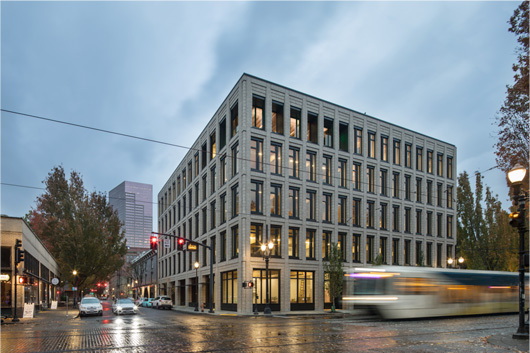
NBI is now headquartered in the most sustainable building in Portland, Oregon! PAE’s Living Building on First Avenue in Portland combines deep sustainability including onsite composting and water treatment, and radiant flooring, with light, bright aesthetics to provide a fantastic space for our staff to gather for collaboration. Our headquarters now meet the ethos of the organization.
NBI partnered with PACE Equity on developing the CIRRUS™ Low Carbon Program, which provides specialty financing that rewards projects for pursuing a lower carbon design and construction option. The program is based on an NBI-developed low-carbon specification is for new construction and deep renovations of commercial properties. Projects that go through the verification process receive substantial rate reduction from PACE Equity, tax incentives, reduced energy consumption, among many other advantages. Successful projects also join NBI’s Leaders Circle.
Informed from participants in the Getting to Zero in California’s School Districts cohort, NBI staff compiled learnings to create the Decarbonization Roadmap Guide for School Decision Makers. The guide includes a full toolbox of customizable resources and templates and outlines achievable goals that result in healthy, affordable, all-electric facilities, and explains common actions taken by leading districts to operationalize their carbon neutral ambitions.
“When NBI formed to accelerate the impact of energy codes, the climate crisis wasn’t part of mainstream conversation in the built environment. After 25 years of leadership towards a cleaner, healthier future, NBI leads the best thinking about how buildings play a central role in decarbonization. Through its analysis, policy advancement, thought leadership, and refusal to accept the status quo, the built environment is better for NBI’s work. Happy 25th anniversary, NBI – the next 25 years will be the most important in the history of buildings, and there’s no organization better prepared to show us the way.” –NBI Board President, Marge Anderson



